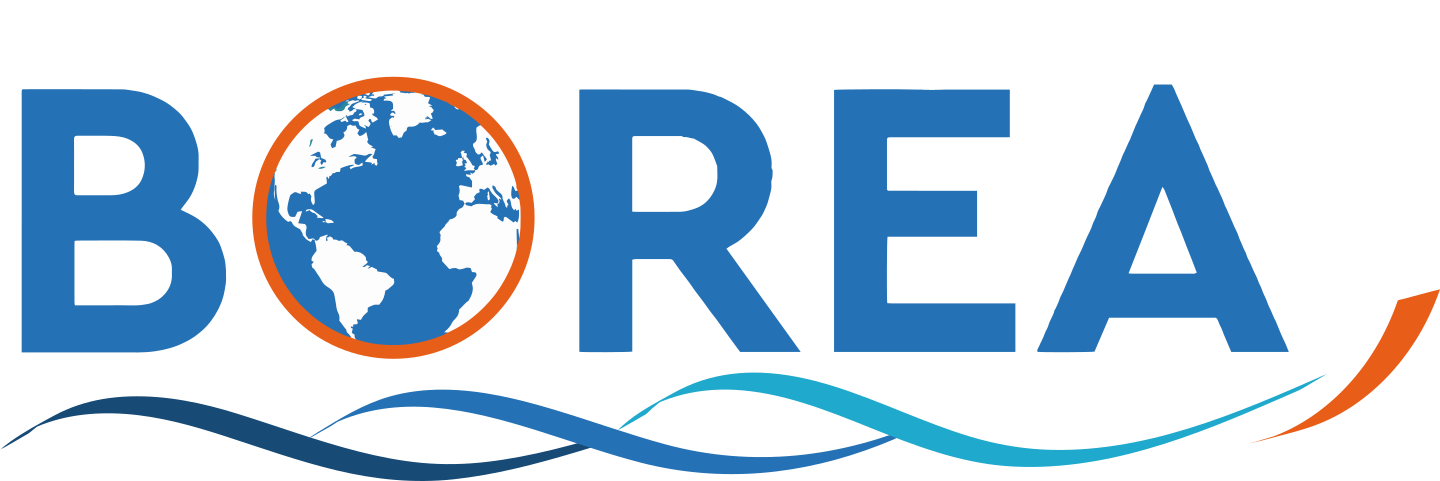Journal
<p>Insulin Related Peptides (IRPs) belong to the insulin superfamily and possess a typical structure with two chains,<br />
B and A, linked by disulphide bonds. As the sequence conservation is usually low between members, IRPs are<br />
classified according to the number and position of their disulphide bonds. In molluscan species, the first IRPs<br />
identified, named Molluscan Insulin-related Peptides (MIPs), exhibit four disulphide bonds. The genomic and<br />
transcriptomic data screening in the Pacific oyster Crassostrea gigas (Mollusc, Bivalvia) allowed us to identify six<br />
IRP sequences belonging to three structural groups. Cg-MIP1 to 4 have the typical structure of MIPs with four<br />
disulphide bonds. Cg-ILP has three disulphide bonds like vertebrate Insulin-Like Peptides (ILPs). The last one,<br />
Cg-MILP7 has a significant homology with Drosophila ILP7 (DILP7) associated with two additional cysteines<br />
allowing the formation of a fourth disulphide bond. The phylogenetic analysis points out that ILPs may be the<br />
most ancestral form. Moreover, it appears that ILP7 orthologs are probably anterior to lophotrochozoa and<br />
ecdysozoa segregation. In order to investigate the diversity of physiological functions of the oyster IRPs, we<br />
combine in silico expression data, qPCR measurements and in situ hybridization. The Cg-ilp transcript, mainly<br />
detected in the digestive gland and in the gonadal area, is potentially involved in the control of digestion and<br />
gametogenesis. The expression of Cg-mip4 is mainly associated with the larval development. The Cg-mip<br />
transcript shared by the Cg-MIP1, 2 and 3, is mainly expressed in visceral ganglia but its expression was also<br />
observed in the gonads of mature males. This pattern suggested the key roles of IRPs in the control of sexual<br />
reproduction in molluscan species.</p>

